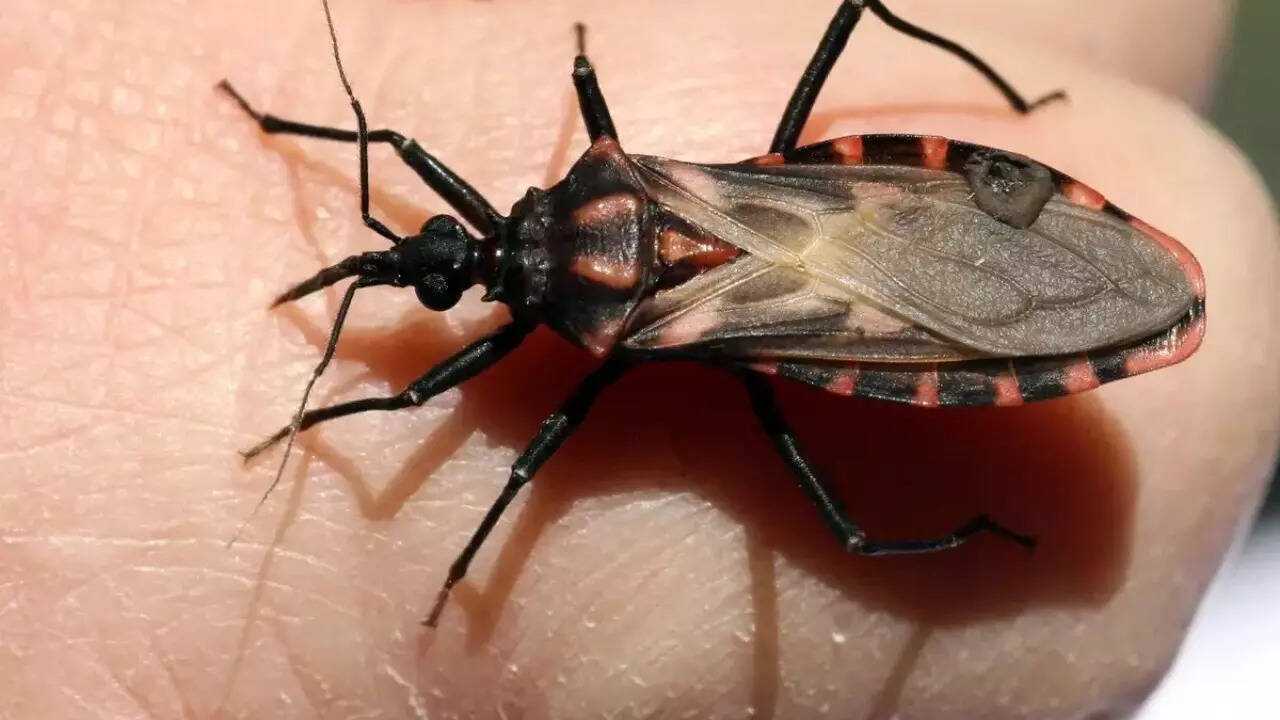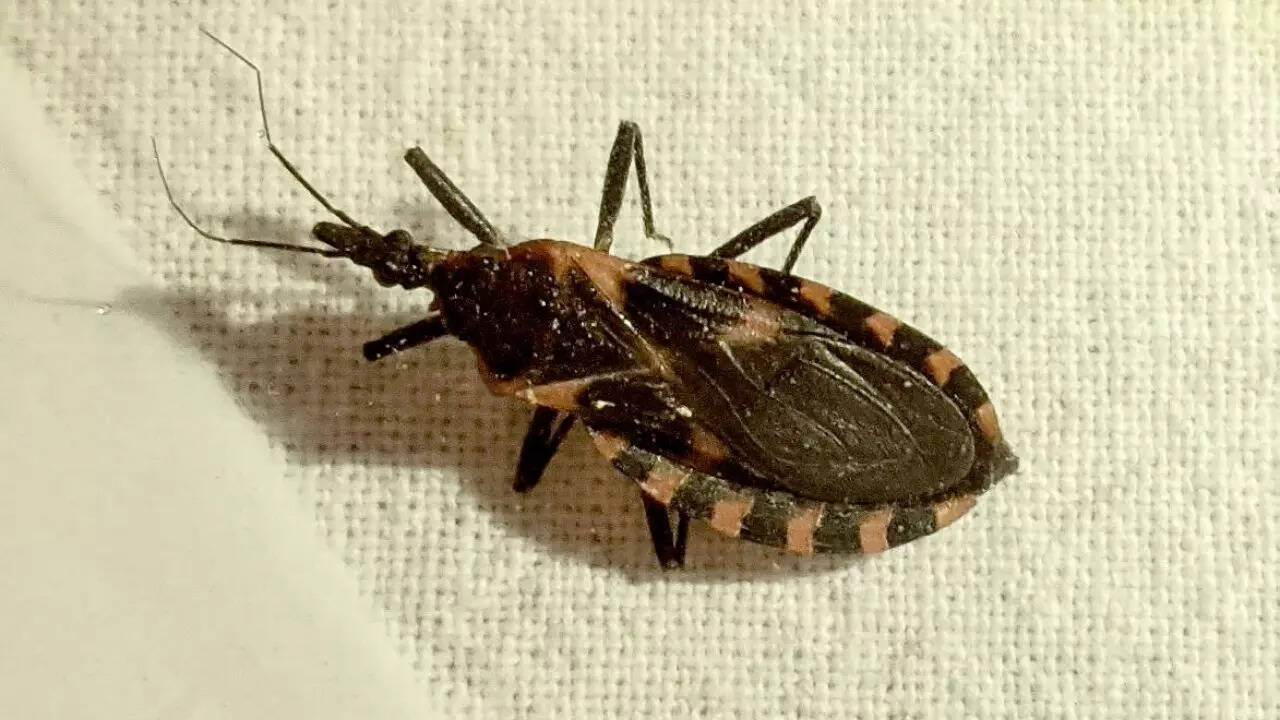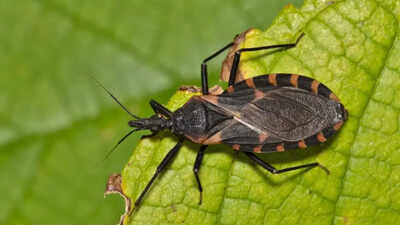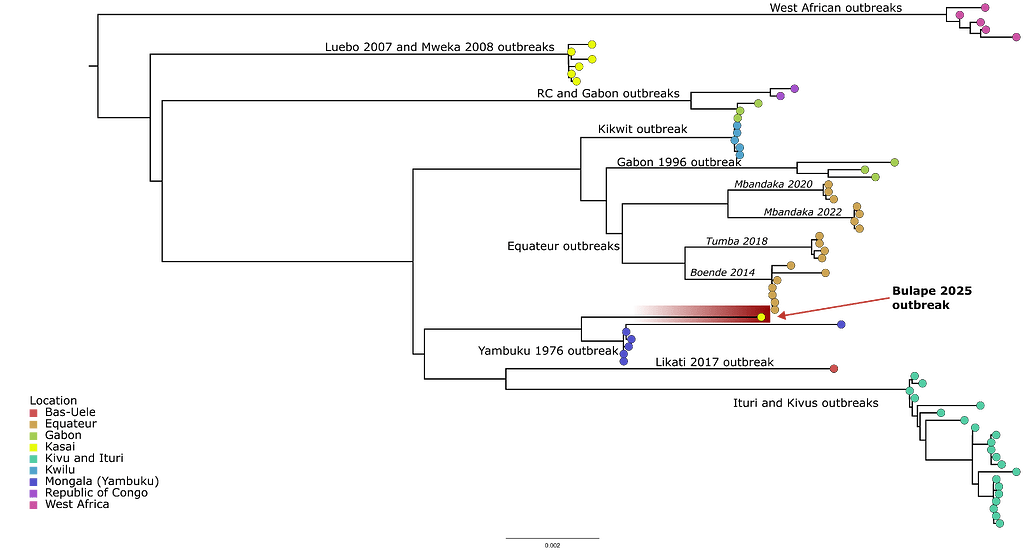A parasitic illness once largely unheard of in the US is spreading quietly, and it’s deadly. Known as Chagas disease, it is carried by the so-called “kissing bug,” a small insect that feeds around the face and leaves behind dangerous parasites. Now confirmed in dozens of states, including California, Texas, and Florida, Chagas is creeping into public awareness as more cases and the silent risks emerge. What’s more concerning? Without early detection and treatment, this condition can quietly damage the heart and digestive system and lead to fatal complications.How to identify kissing bugs and stay safe
Rising threat across the US
Chagas disease, caused by the parasite Trypanosoma cruzi and carried by triatomine insects known as kissing bugs, has entered a new chapter in the United States. Once rare and primarily confined to Latin America, it’s now detected in at least 32 US states, with human cases confirmed in eight states, including California and Texas, and researchers urge classifying it as endemic.In fact, a CDC-backed study published in Emerging Infectious Diseases recommends updating Chagas’ status due to consistent local transmission, especially in the South. In Texas, more than 50 human cases were locally acquired between 2013 and 2023, and canine infection rates in some kennels hit 31%. Wildlife like opossums and raccoons help sustain the parasite in the environment. In California, particularly in Los Angeles and San Diego, kissing bugs carrying T. cruzi are increasingly common, raising alarm for possible spread to places like the Bay Area.
What is Chagas Disease, and why is it deadly?
Chagas disease is a parasitic infection transmitted when kissing bug feces containing T. cruzi enter the body, often through skin contact or mucous membranes. These bugs usually bite around the face during sleep and then defecate near the wound, allowing the parasite to infiltrate the body, requiring just a scratch for entry.
Early symptoms: What to watch for
The disease unfolds in two phases:Acute Phase: Lasting weeks or months, this phase is often mild or silent. Symptoms may include fever, fatigue, rash, swollen eyelids (known as Romaña’s sign), body aches, headache, and digestive upset. Because these signs mimic common illnesses or don’t appear at all, many people may never realize they’ve been infected.

Chronic Phase: Occurring decades later, chronic infection affects about 20-30% of individuals and can cause fatal heart complications like heart failure, arrhythmias, sudden cardiac arrest, as well as digestive tract issues like an enlarged esophagus or colon. In many cases, the first sign may be a life-threatening event like a heart attack or stroke, especially in individuals unaware of their infection.
Who’s at risk?
Despite the surge in this many states across the country, awareness regarding this particular disease remains extremely low. Even though roughly 300,000 people in the US are estimated to be infected, fewer than 2% know they carry the parasite. In Los Angeles County alone, around 45,000 cases are thought to exist.Risk factors include:Living in or near southern or rural regions where kissing bugs thrive, such as Texas, California, Florida, Arizona, and Louisiana.Working or sleeping in poorly constructed buildings or outdoors.Blood transfusion, organ transplantation, or mother-to-child transmission during pregnancy.Contact with wildlife reservoirs or pets that carry the parasite.Barriers to detection include low physician awareness, lack of routine screening, and the silent nature of early infection.
Diagnosis and treatment
Diagnosis of Chagas disease involves blood tests to detect the parasite in the acute phase or to identify antibodies during chronic infection. Prompt testing is vital, especially if exposure is suspected and vague symptoms appear.When it comes to treating the disease, it involves antiparasitic medications like benznidazole and nifurtimox. These are most effective early in the infection, achieving cure rates of up to 80-100% in acute or congenital cases. Efficacy drops in chronic infections, but treatment can still slow disease progression.For those who develop serious heart or digestive issues, management may involve medications, pacemakers, or even heart transplantation, which can help patients live well post-surgery.

Prevention: How to stay safe
While no vaccine exists yet, public health officials recommend these steps:Avoid contact with kissing bugs: Seal cracks around doors and windows, maintain screens, and eliminate nearby debris or wild animal nests.Use vector control practices: Smoke out bugs, use insecticides, and bed netting where applicable.Screening and diagnosis: Get tested if you live in risk areas, or if symptoms arise. Early blood tests can detect infection.Safe blood/organs: Ensure thorough screening for Chagas in transfusions or transplants.Raise awareness: Health professionals must learn to recognize the disease, even in the US, so that it isn’t missed. Additionally, physician training and screening in endemic regions should be on the cards now that the US appears to meet the definition of endemicity.


